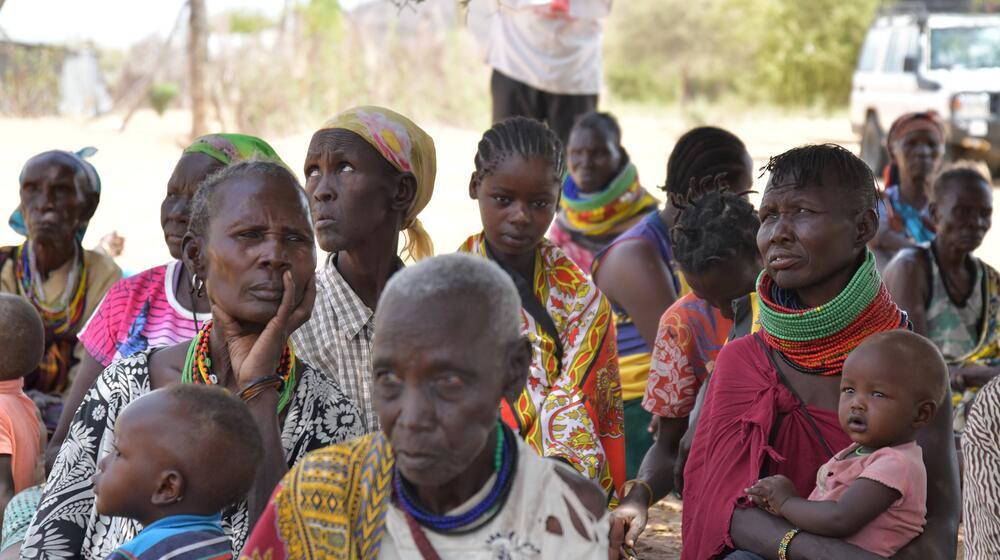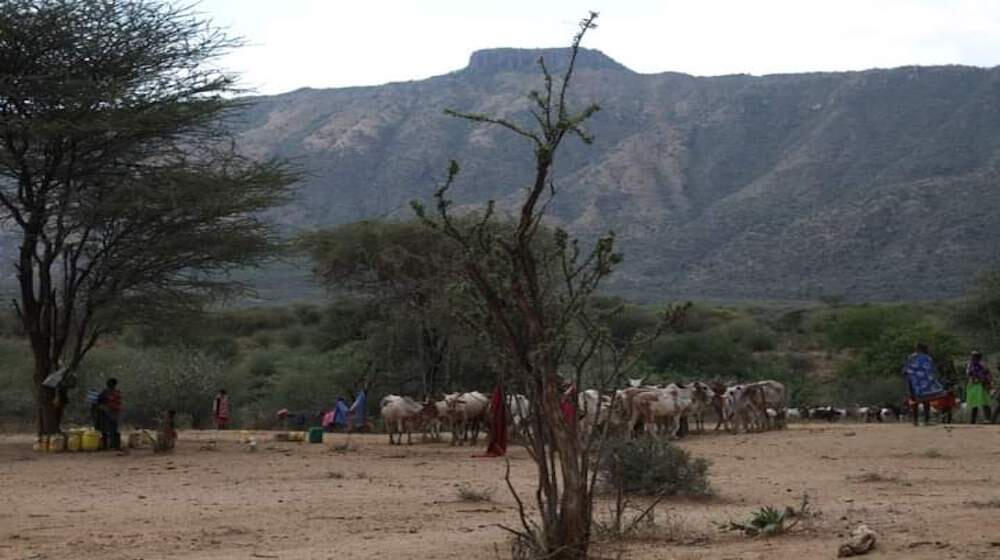Between December 2019 and March 2020, Kenya experienced the worst locust infestation in 70 years. Hundreds of thousands of people were also affected by floods in 2020. Climate hazards drive displacement and exacerbate the risk of food insecurity, malnutrition and disease outbreaks. In addition, Kenya hosts over half a million refugees, mainly from Somalia, South Sudan, the Democratic Republic of the Congo and Ethiopia. Many crisis-affected people lack access to life-saving services such as prenatal care, skilled birth attendance and services for survivors of gender-based violence. UNFPA is working to improve availability of and access to reproductive, maternal, newborn, child and adolescent health services in crisis-affected areas, including refugee camps.
Humanitarian needs
Last updated on - June 2024
Total people in need
Humanitarian funding
Resources in US$
Key humanitarian results 2023

Women assisted to deliver babies safely in UNFPA-supported facilities

People Targeted by UNFPA

People in need

Adolescents and youth (10-24) reached with SRH services

People reached with Family Planning Services in UNFPA-supported facilities

People reached with SRH information and awareness activities in person

People reached with GBV prevention, mitigation and response activities

People reached with SRH services

People reached with awareness-raising activities and GBV-lifesaving information in-person

Dignity kits and/or other Non-Food Items distributed

Safe Spaces for women and girls, supported by UNFPA

Youth Spaces supported by UNFPA

Health facilities supported by UNFPA

Personnel trained on the Minimum Initial Service Package (MISP) for SRH

Non-specialised GBV humanitarian workers / frontline workers who were trained /oriented on GBV core concepts and guidelines
- Results data are reported and updated as they become available.
- -Targets and UNFPA's populations of concern, including women of reproductive age and pregnant women, are estimated using the MISP calculator.
- -Funding estimates are based on country planning processes, including inter-agency humanitarian response plans and regional refugee and resilience plans.



